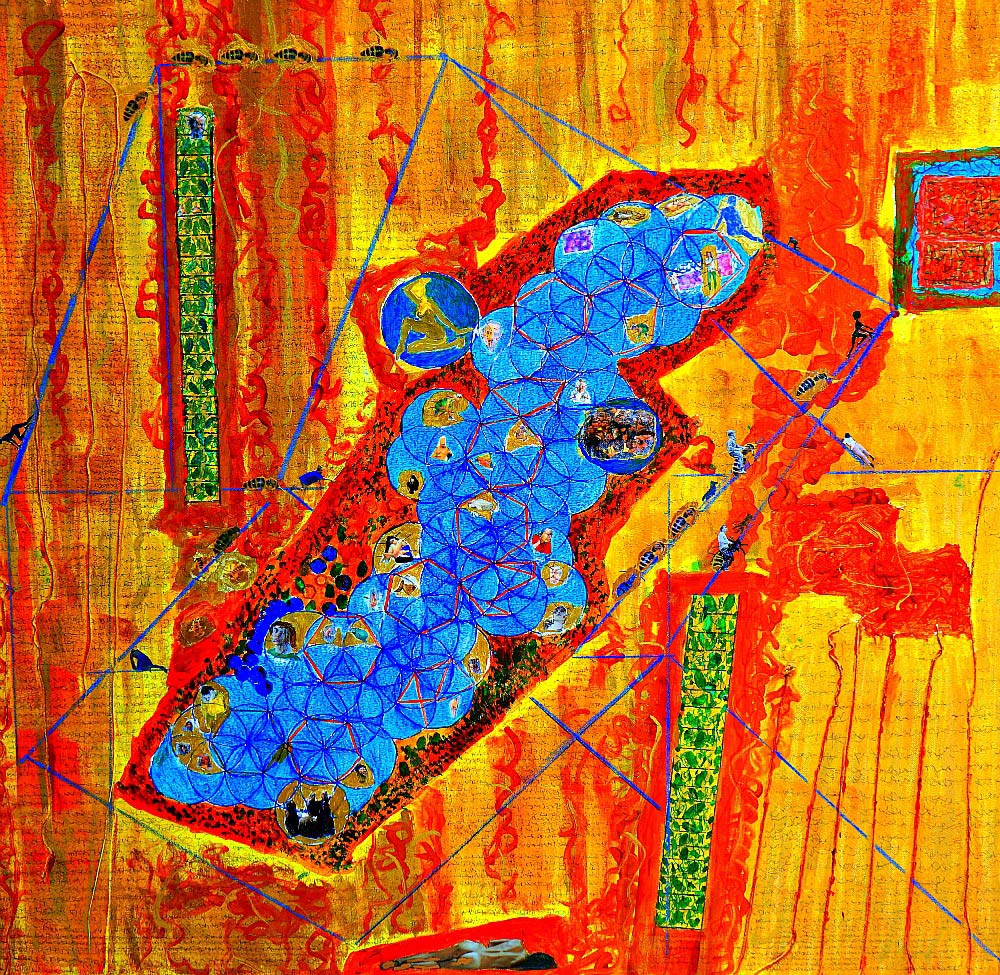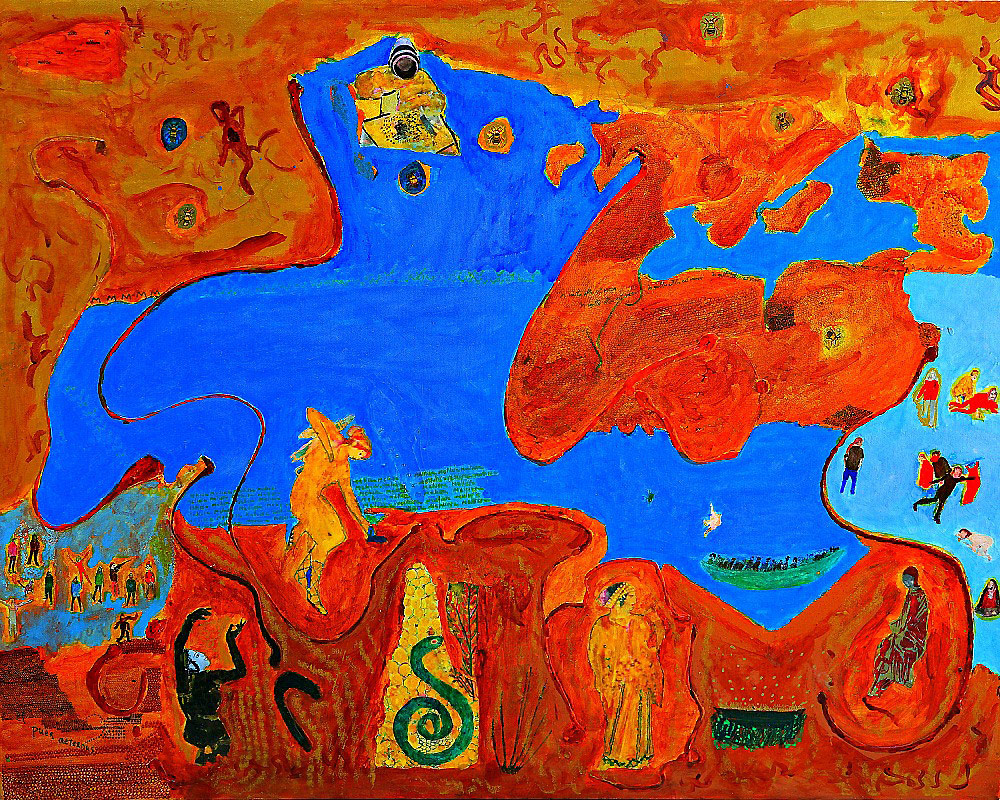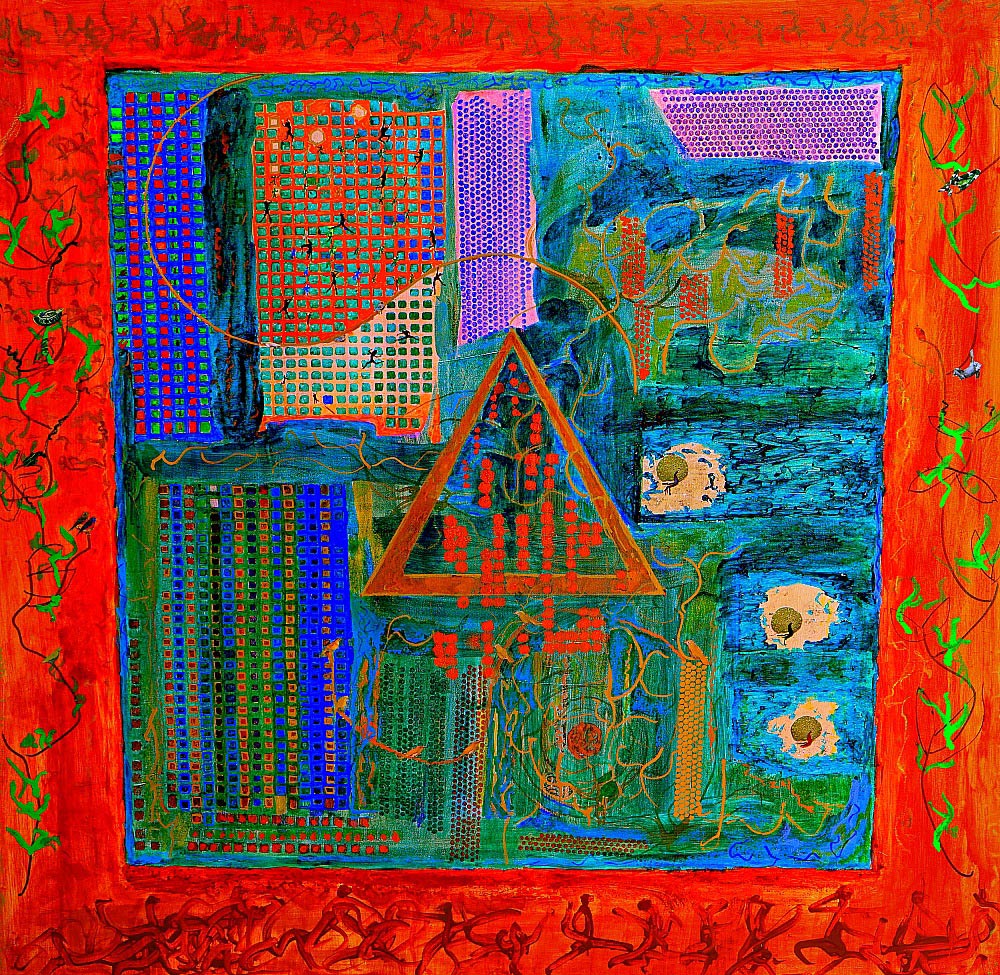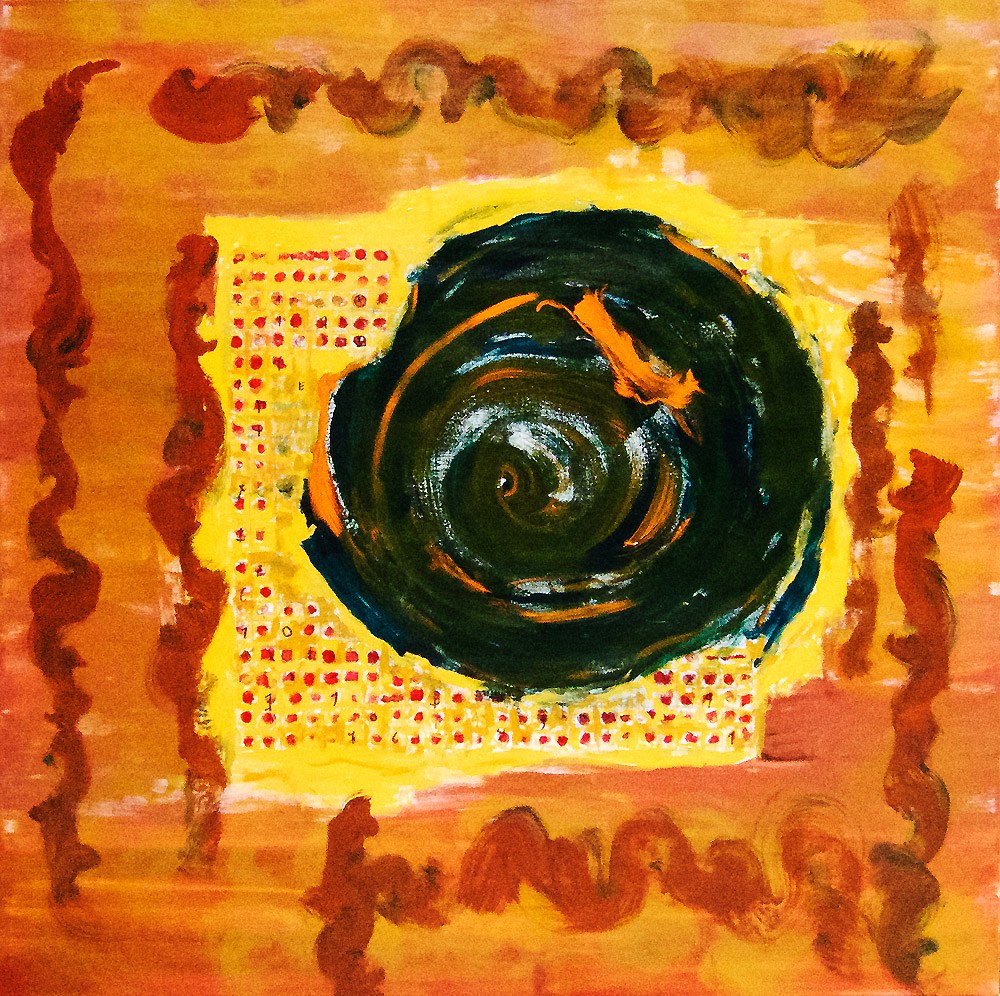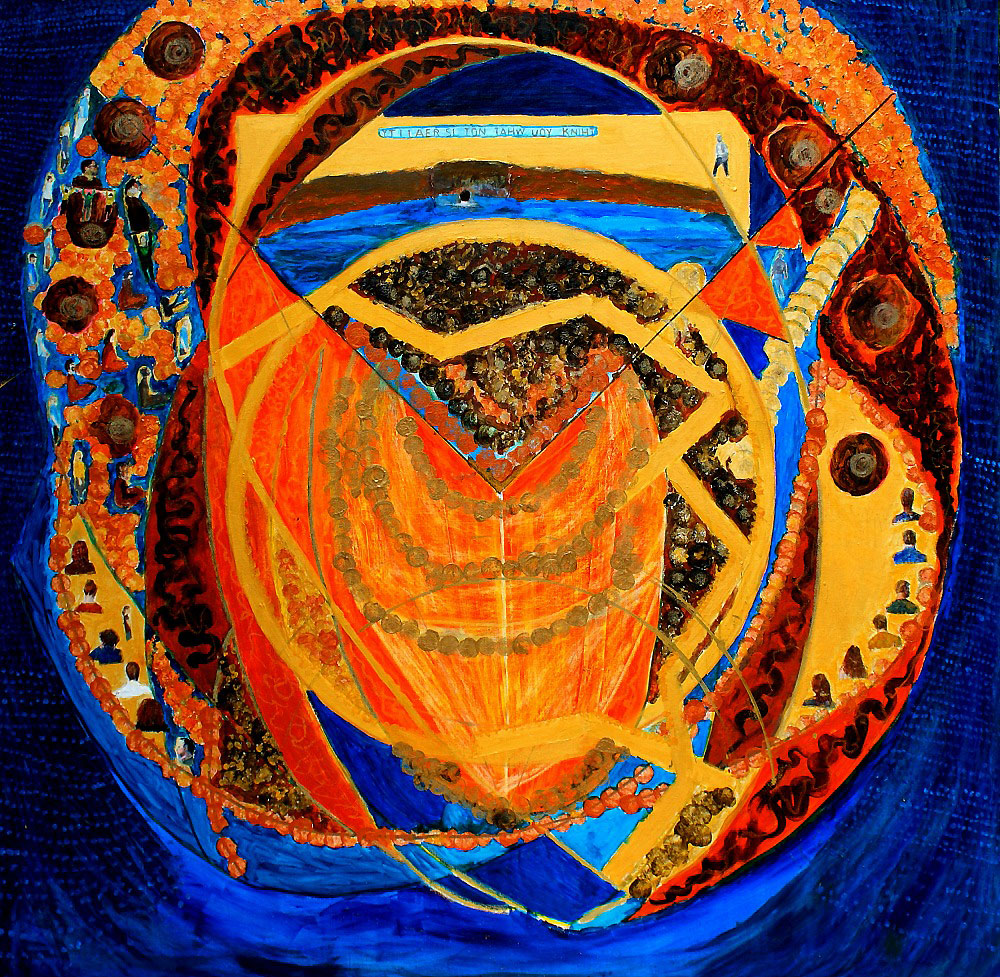BEES OF THE INVISIBLE
Artist’s Statement:
In a 1925 letter the great German poet Rainer Maria Rilke spoke of the artist’s task in transforming objects into art: “We are the bees of the invisible. We…gather the honey of the visible in order to store it in the great golden hive of the Invisible.” [qtd in notes (p. 70) to Duino Elegies, North Point Press, 2001]. This task of working with materiality until it becomes a part of our inner lives and then offering it up to the world as “honey” or “art” is not about making money or a big social splash. It is about receiving, and then giving, to others, to the gods, a gift.
I like Rilke’s articulation. Art and honey. It might be easy to see each as non-essential, until one imagines them gone from the world. Today, we live in a time of ecological stress and our heedless treatment and killing of bees threatens both the natural world and our own survival. This mistreatment exists in parallel with our loss of inner life and our confusion about the role of art.
People have been making art for at least 10,000 years. The earliest cave paintings celebrate the sacred and the wondrous, be that through healing, giving thanks, or supplication to the gods.
Bee cultivation and honey gathering are at least 8,000 years old. Cave paintings in Spain show bees and the collection of honey. Other petroglyphs suggest that people collected honey from as long ago as 10,000 years. So, making art and raising bees for honey have a similarly ancient past.
We also know that the ancient Greeks and Egyptians built their temples on sites belonging to specific gods, and created temple art and rituals (afterwards changing to dramatic plays) to such an exacting standard that their enactment would attract the presence of the sacred. The theory being that the god had no choice but to come if the preparations were perfect. (See Jane Harrison on the theory of “dromenon”).
What a wonderful basis for the making of art! And wherever there are people gathered to appreciate art, the theory goes, the sacred is present—as long as the mood is not too somber or overly serious. The belief in such a construction maintained ancient Greek culture. People went to the ancient Greek drama festivals to see their favorite plays. In the process they might experience catharsis, healing, transformation and entertainment.
Similarly people have consumed honey for thousands of years because of its sweetness and as a base for herbal medicines. Bees were also studied as builders of communities and it has long been known their collection of pollen allowed for the fertilization of plants—both flowers and food-bearing crops. Bees do what they do; they gather, they transform. Honey is the result.
When Rilke writes in his letter that the artist enters the realm of the invisible (feelings, imaginings, spirit) as part of the process of making art, he is not simply referring to the work of great artists. Anyone who dedicates himself or herself to this process is included in this transformation. This process is seen as similar to collecting pollen for the making of honey. The resulting art, honey, is a gift.
In these paintings, I have explored the idea of making art and how it might connect to other activities, states, and even other realms.
I have deliberately chosen a bright, searing palette, using oil paint, acrylics, oil sticks, crayons, pens, minerals, glass, collage of drawings, and occasional photo fragments. I gather materials and mix them with intensity. And then I offer up.

